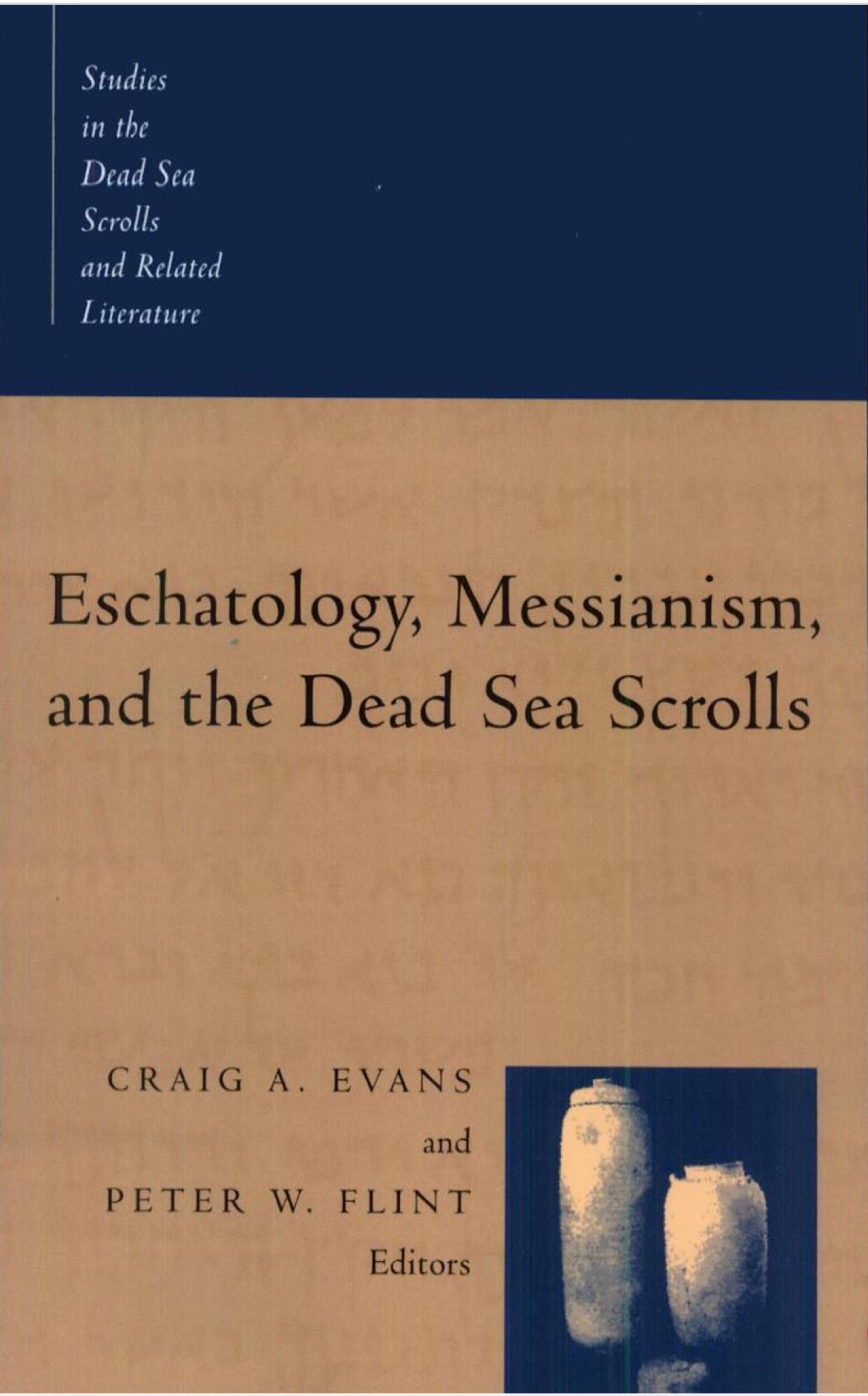Eschatology, Messianism and the Dead Sea Scrolls
Summary of Eschatology, Messianism, and the Dead Sea Scrolls
Edited by Craig A. Evans and Peter W. Flint, this volume is part of the Studies in the Dead Sea Scrolls and Related Literature series. It compiles essays that examine eschatological and messianic themes in the Dead Sea Scrolls, particularly in the late Second Temple period. The book explores how these ancient texts contribute to our understanding of Jewish apocalyptic thought and its influence on early Christianity.
Key Themes and Structure
1. Eschatology in the Hebrew Bible and Second Temple Judaism
• The book discusses how Jewish eschatology evolved from historical expectations (e.g., the restoration of Israel) to apocalyptic visions of a future age of peace, righteousness, and divine judgment.
• Prophetic eschatology (e.g., Amos, Hosea, Isaiah) focuses on moral and covenantal faithfulness, while apocalyptic eschatology (e.g., Daniel) sees divine intervention as necessary to defeat evil forces.
2. The Role of the Dead Sea Scrolls in Messianic Expectations
• The Dead Sea Scrolls, found at Qumran, contain diverse messianic expectations.
• Some texts describe a dual-messianic expectation:
• A priestly Messiah of Aaron, responsible for religious leadership.
• A royal Messiah of Israel, a warrior king from the line of David.
• Other texts hint at a single messianic figure who fulfills both roles.
• The Teacher of Righteousness, a mysterious leader in Qumran literature, is sometimes portrayed as a prophetic or messianic figure.
3. The Influence of the Daniel Tradition on Qumran Eschatology
• Several Dead Sea Scrolls refer to the Book of Daniel, which was highly regarded at Qumran.
• The vision of the Son of Man (Daniel 7:13-14) influenced the expectation of a heavenly Messiah who would judge and rule.
• Daniel’s prophecies about the end of days resonated with Qumran’s apocalyptic worldview.
4. Jesus and the Dead Sea Scrolls
• Some scholars argue that Jesus’ messianic self-understanding was shaped by ideas present in the Scrolls.
• Unlike the Scrolls, however, the New Testament presents a single Messiah who combines both priestly and royal functions.
• The book discusses parallels between Jesus’ teachings and the eschatology of Qumran, including:
• The expectation of divine judgment.
• The coming of the Kingdom of God.
• The role of a suffering Messiah (though this concept is largely absent in Qumran texts).
Conclusion
This volume sheds light on how eschatology and messianism evolved in Jewish thought and how they influenced early Christian theology. The Dead Sea Scrolls provide valuable insights into the diverse messianic expectations in the late Second Temple period and help scholars better understand the historical and religious context of Jesus and the early Church.
